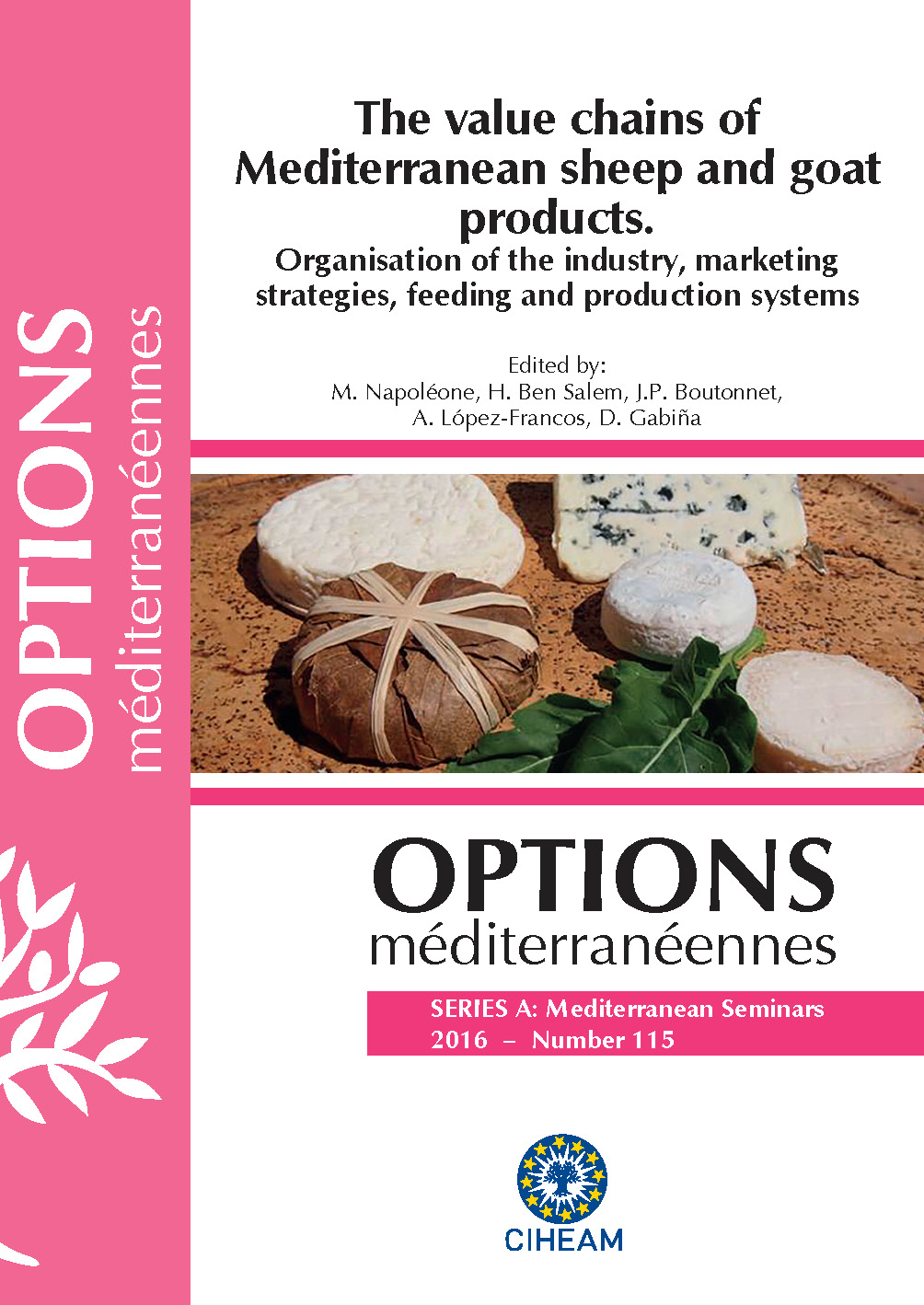| Article précédent | p. 487-492 | Article suivant |
Le lait de chamelle: qualités nutritives et effet sur les variations de la glycémie
Au cours de cette recherche, la composition physicochimique du lait de chamelle a été étudiée et l’effet de ce produit dans le traitement du diabète induit par alloxanisation a été testé. L’analyse physico-chimique a montré que le lait camelin, présente globalement une composition comparable à celle du lait bovin, au niveau des teneurs en nutriments de base (protéines, matière grasse et lactose). Toutefois, comparativement au lait de vache, le lait de chamelle est caractérisé par des teneurs plus élevées en vitamine C (169,73 mg/l), vitamine B3 (391,2 mg/l) ainsi qu’une richesse remarquable en vitamine D et vitamine A. L’essai physiologique de l’activité antidiabétique du lait camelin sur des chiens alloxanisés a montré une régulation de la glycémie moyenne après cinq semaines de traitement avec le lait cru (de 10,88 ± 0,5 mmol/l avant le traitement jusqu’à 5,77 ± 0,44 mmol/l à la fin de l’expérimentation).
The gross composition of camel milk was studied and the effect of this product in the treatment of experimental diabetes was tested. Physicochemical analysis showed that the gross composition of camel milk was similar to bovine milk particularly proteins, fat and lactose. However, compared to cow milk, camel milk is characterized by higher levels of vitamin C (169.73 mg/l), vitamin B3 (391.2 mg/l). The antidiabetic activity of camel milk was tested in alloxan induced dogs and analyzed parameters showeda stability of blood glucose level in the normal range after five weeks of treatment with raw milk (10.88 ± 0.5 mmol/l before treatment to 5.77 ± 0.44 mmol/l at the end of the experiment).
- [ Afficher ]
- [ Télécharger ]
- [ Exporter la citation ]
Vous pouvez télécharger la citation au format :
- [ Imprimer ]
-
Mots-clés
COMPOSITION CHIMIQUE, LAIT DE CHAMELLE, VITAMINECiter cet article
Sboui A., Djegham M., Belhadj O., Khorchani T. Le lait de chamelle: qualités nutritives et effet sur les variations de la glycémie. In : Napoléone M. (ed.), Ben Salem H. (ed.), Boutonnet J.P. (ed.), López-Francos A. (ed.), Gabiña D. (ed.). The value chains of Mediterranean sheep and goat products. Organisation of the industry, marketing strategies, feeding and production systems. Zaragoza : CIHEAM, 2016. p. 487-492. (Options Méditerranéennes : Série A. Séminaires Méditerranéens; n. 115). Joint Seminar of the Subnetworks on Nutrition and on Production Systems of the FAO-CIHEAM Network for Research and Development in Sheep and Goats, 2015/06/16-18, Montpellier (France) . http://om.ciheam.org/om/pdf/a115/00007320.pdf



